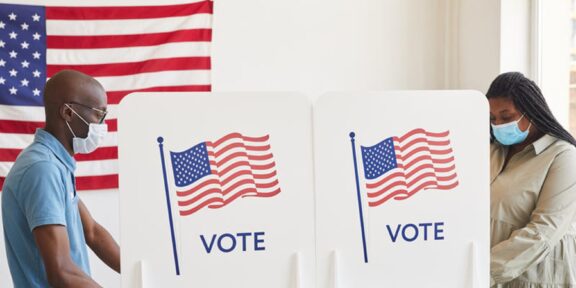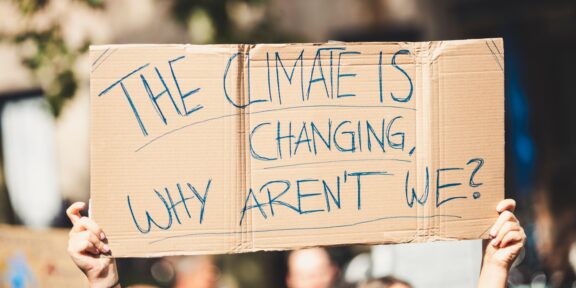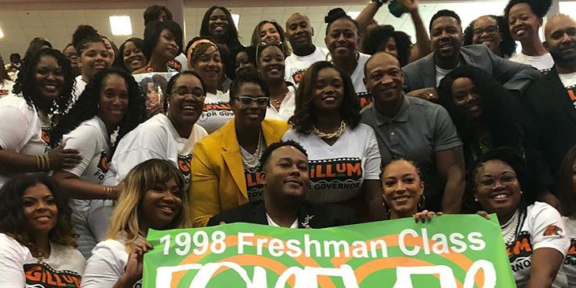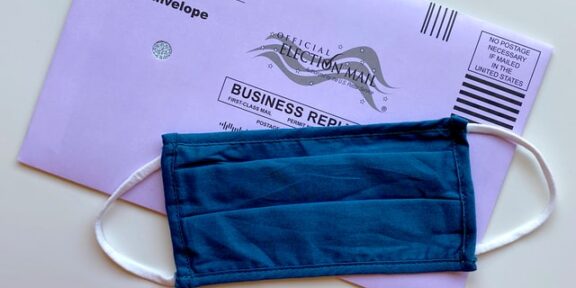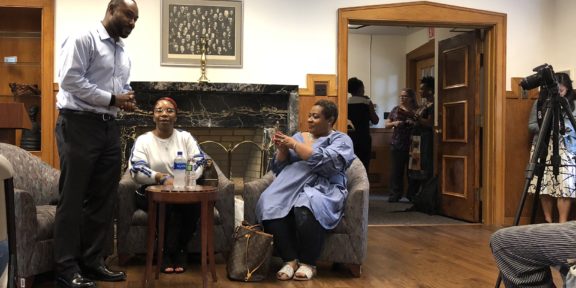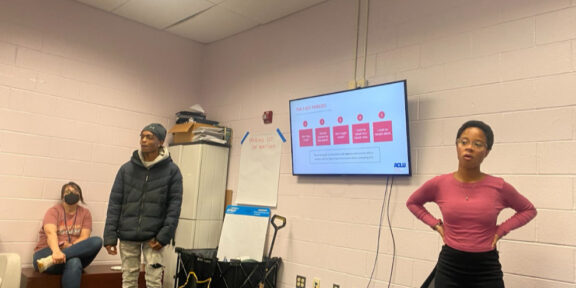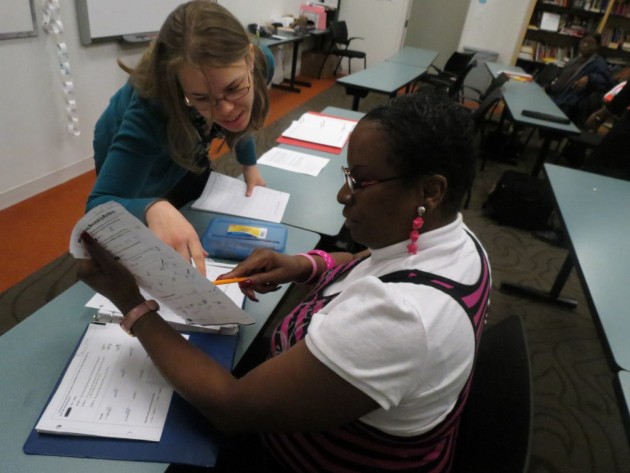By Kaylan Ware, Howard University News Service
The National Guard was first organized on December 13, 1636 with the purpose of defending the Massachusetts Bay Colony. Since then, the militia, which has both an army and air branch, has served to protect the United States’ territories, states and the District of Columbia under the direction of state and federal law. Governors can call for the mobilization of the guard in their states, while the president may do so in the District of Columbia.
According to the National Guard’s website, “The Army National Guard’s state mission is perhaps the most visible and well known. Nearly everyone has seen or heard of Guard units responding to battle fires or helping communities deal with floods, tornadoes, hurricanes, snowstorms or other emergency situations. In times of civil unrest, the citizens of a state can rest assured that the Guard will be ready to respond, if needed.”
After months of protests following the murder of George Floyd, United States residents have witnessed the mobilization of the National Guard. As of June 1, 2020, 23 states and the District of Columbia activated the National Guard amounting to over 17,000 members of the National Guard called to serve.
More recently, the National Guard was said to have received a request for the use of heat rays, or Active Denial System (A.D.S.), during D.C. protests, the same day law enforcement cleared protesters for Trump’s photo-op outside of St. John’s Episcopal Church in Lafayette Square. According to Adam Demarco, a National Guard major, a top official at the Department of Defense inquired of the Guard’s equipment through email.
“A.D.S. can provide our troops a capability they currently do not have,” the official wrote. “The A.D.S. can immediately compel an individual to cease threatening behavior or depart through application of a directed energy beam that provides a sensation of intense heat on the surface of the skin. The effect is overwhelming.”
The discovery of this request coupled with the National Guard violent response that day has led Guard members and communities to question their safety and the Guard’s motives.
“A lot of us are still struggling to process this, but in a lot of ways, I believe I saw civil rights being violated in order for a photo-op,” Guard member Daniel Lippman said in a Politico interview. “What I saw goes against my oath.”
In addition to the aggressive tactics of the National Guard and law enforcement to maintain crowds nationally, states like Georgia employed the Guard to protect the State Capital, the Department of Public Safety and the Governor’s Mansion after protests following the June shooting of Rayshard Brooks.
On September 24, Massachusetts Governor Charlie Baker signed an order activating 1,000 members of the state’s National Guard but did not provide reason. This order follows the September 23 indictment of Brett Hankison on three counts of wanton endangerment for the killing of Breonna Taylor, inciting more protests nationwide. Illinois and Kentucky governors have also requested the deployment of the National Guard.
Despite the increased demand of the National Guard’s service in response to protests, the Guard has also been activated to address COVID-19. In response to COVID-19, Guard members are assisting with testing, serving communities in need through local food banks and helping with the containment of the virus.



